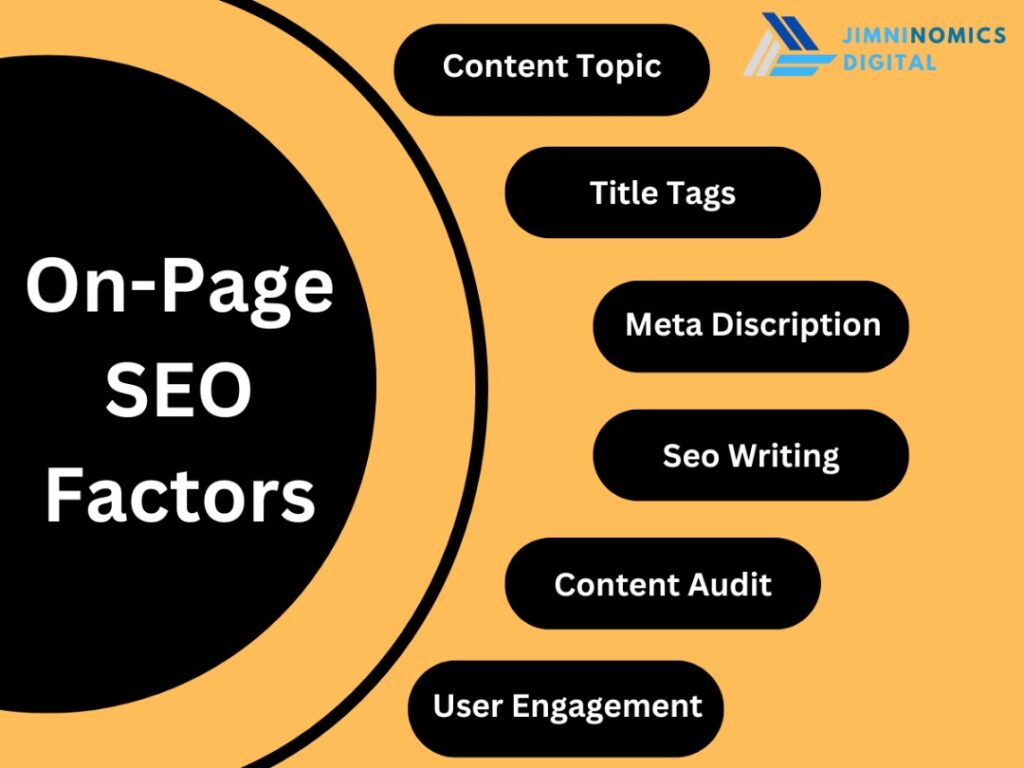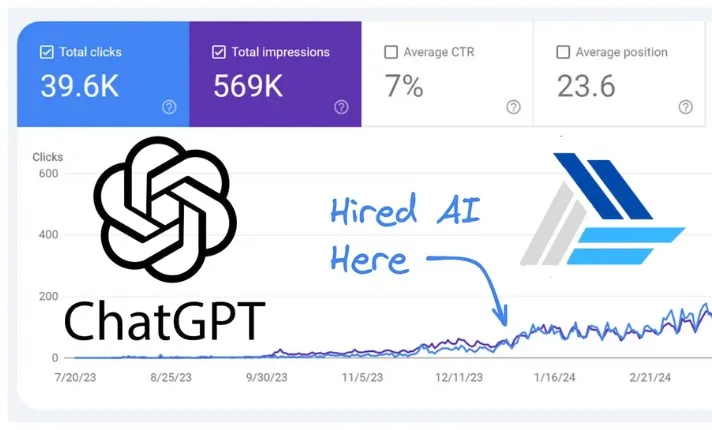History
Past State
Markdown was developed in 2004 by John Gruber and Aaron Swartz with the aim of creating a straightforward method to format text for the web. It drew inspiration from existing plain text email formatting conventions, enabling users to effortlessly convert plain text notes into HTML.
Current State
Today, Markdown has become the preferred choice for many individuals, particularly within the tech and academic sectors. Its ease of use, flexibility, and compatibility across various platforms have solidified its status as a favored tool for note-taking and content creation. Markdown editors are accessible for multiple operating systems and can be seamlessly integrated with other applications and workflows.
Future State
Looking to the future, Markdown is anticipated to continue evolving in response to technological advancements. The integration of AI could lead to Markdown editors featuring intelligent functionalities like auto-completion, contextual suggestions, and natural language processing. These AI-driven enhancements will further improve user experience, making Markdown even more efficient and user-friendly.
Benefits
Utilizing Markdown for note-taking provides numerous advantages, making it an excellent tool for students, researchers, and professionals:
- Simplicity: Markdown features a straightforward syntax that is easy to learn, allowing users to focus on capturing ideas rather than getting bogged down in complex formatting.
- Portability: As plain text files, Markdown notes can be accessed and edited on any device or platform, ensuring your notes are always within reach.
- Flexibility: Markdown supports diverse formatting options such as headers, lists, links, and images, allowing users to create well-structured and visually appealing documents.
- Version Control: Markdown files work smoothly with version control systems like Git, simplifying collaboration and change tracking.
- Integration: Markdown can easily integrate with various applications and workflows, enabling users to generate HTML, PDF, or other file formats for sharing and publishing notes.
Significance
The significance of Markdown lies in its capacity to simplify note-taking and content creation. With its minimalistic syntax and portability, Markdown empowers users to focus on idea capture, information organization, and knowledge sharing without the distraction of complex formatting. It has transformed the way individuals take and manage notes, enhancing efficiency and streamlining processes. Additionally, its compatibility with version control systems and integration capabilities make Markdown an essential tool for collaborative projects and content management.
Best Practices
To maximize your note-taking experience with Markdown, keep the following best practices in mind:
- Use Headers and Subheadings: Organize your notes using headers and subheadings for a clear structure.
- Utilize Formatting Options: Leverage Markdown's formatting options like bold, italics, and lists to emphasize key points and enhance readability.
- Include Hyperlinks: Add relevant links to external resources for added context and references.
- Take Advantage of Code Blocks: Use code snippets or blocks to present programming examples or technical details effectively.
- Utilize Tables: Incorporate tables when appropriate to present data in an organized format.
Pros and Cons
Like any tool, Markdown has its advantages and disadvantages:
Pros
- Simplicity: Its easy-to-learn syntax is accessible even to those with no coding background.
- Portability: Markdown files are plain text, allowing them to be opened and edited on any platform.
- Compatibility: Markdown is versatile, working well with various applications and systems.
- Version Control: Markdown integrates seamlessly with version control systems like Git, facilitating collaboration.
Cons
- Limited Formatting Options: The simplicity of Markdown means fewer formatting choices than more advanced word processors.
- Lack of WYSIWYG Editing: Users must write in plain text and visualize the formatted output separately.
- Learning Curve: While basic usage is straightforward, mastering advanced features may take time.
- Dependency on Editors: More sophisticated features are often available only in dedicated Markdown editors.
Comparison with Other Note-Taking Tools
Markdown differentiates itself as a preferred tool due to its simplicity and compatibility. Here’s how it compares to other popular note-taking options:
Microsoft Word
Microsoft Word is a robust word processor with extensive formatting options. However, it can be cumbersome for simple note-taking and may not integrate well with code or technical documentation.
Evernote
Evernote offers a feature-rich environment for capturing and organizing information. While it provides a user-friendly interface, its complexity may overwhelm those seeking a minimalist approach.
Google Docs
Google Docs is an online word processing tool that facilitates real-time collaboration. However, it may lack the simplicity and portability inherent in Markdown.
Effective Markdown Note-Taking Methods
Consider these methods for optimizing your Markdown note-taking:
- Text-based Notes: Organize your notes with Markdown, utilizing headers and formatting for clarity.
- Code Documentation: Use Markdown to document code snippets and technical procedures effectively.
- Presentations: Create visually appealing presentations using tools like remark.js while focusing on your content.
- Documentation: Leverage Markdown for software project documentation, APIs, and technical specs, benefiting from version control.
- Note Organization: Employ Markdown's flexibility to categorize your notes with headers, tags, or naming conventions for quick retrieval.
The Impact of AI on Markdown
AI has the potential to significantly improve Markdown usability. Here are some ways AI can enhance the Markdown experience:
AI Applications
Features like auto-complete suggestions, intelligent formatting, and advanced search can make Markdown editors more intuitive.
AI Techniques
Natural language processing can refine Markdown syntax parsing and provide contextual formatting suggestions.
AI Benefits
AI can automate tasks like table creation and hyperlink insertion, saving time and boosting productivity.
AI Challenges
Integrating AI with Markdown must balance automation with user control to preserve creative intent.
AI-Enhanced Online Apps
Several online applications leverage AI to improve Markdown note-taking, including:
- Scholarly: An AI-driven note-taking app that offers features like text completion and flashcard creation.
- Obsidian: A knowledge management app that generates backlinks and provides contextual references.
- Boostnote: A Markdown note-taking app focused on organizing code snippets and syncing across devices.
- Notion: A comprehensive productivity app that supports Markdown and offers project management tools.
Conclusion
Markdown is a powerful tool that simplifies note-taking and information organization. Its portability, simplicity, and versatility make it ideal for students, professionals, and anyone seeking to manage their notes effectively. By understanding its history, benefits, and best practices, users can leverage Markdown to enhance their productivity and streamline their workflows. As technology advances, the potential integration of AI will further improve the Markdown experience, making it an invaluable resource in the digital age.
Embrace the simplicity of Markdown and transform your note-taking process today!


 By: Jimni Nomics
By: Jimni Nomics
